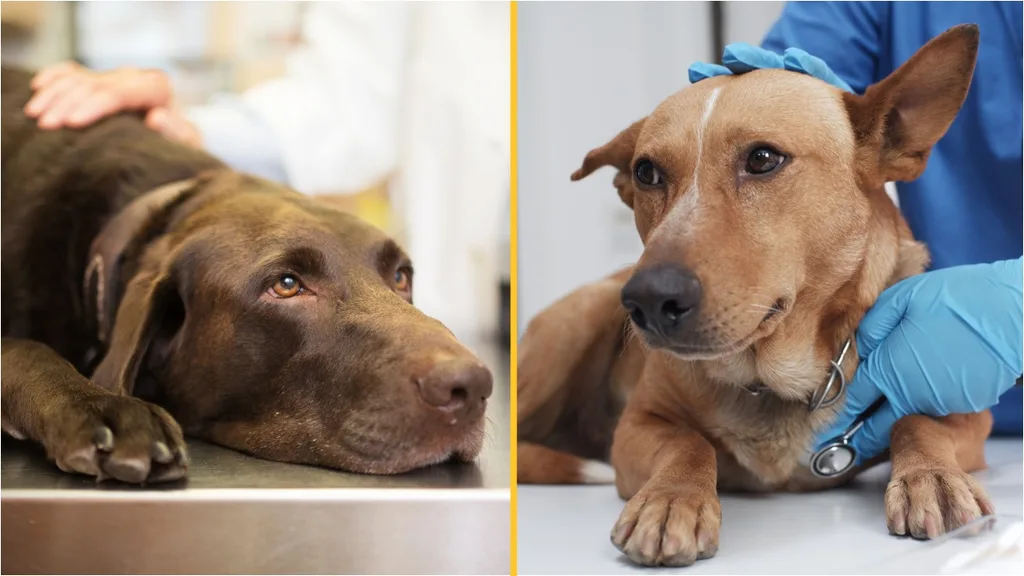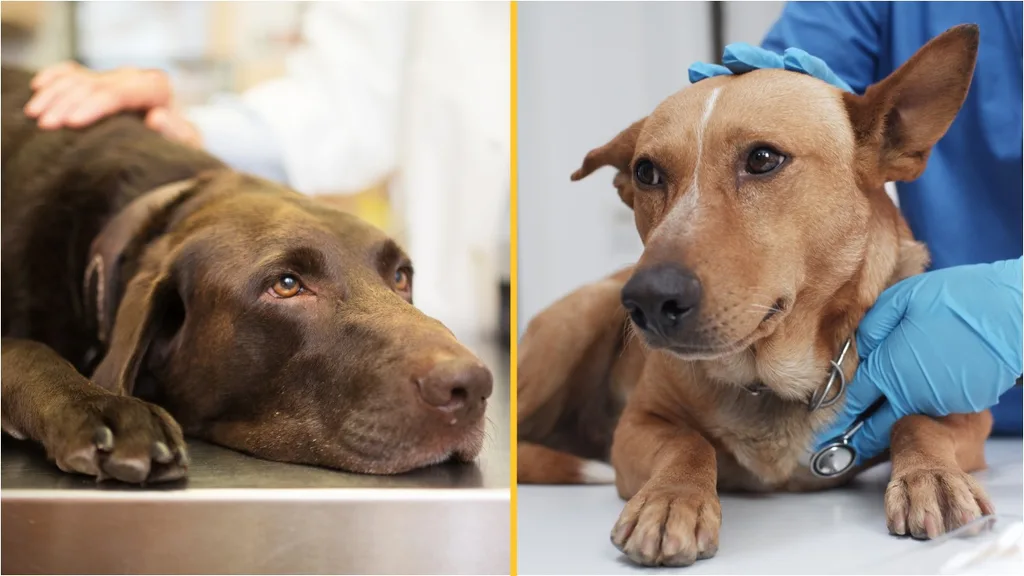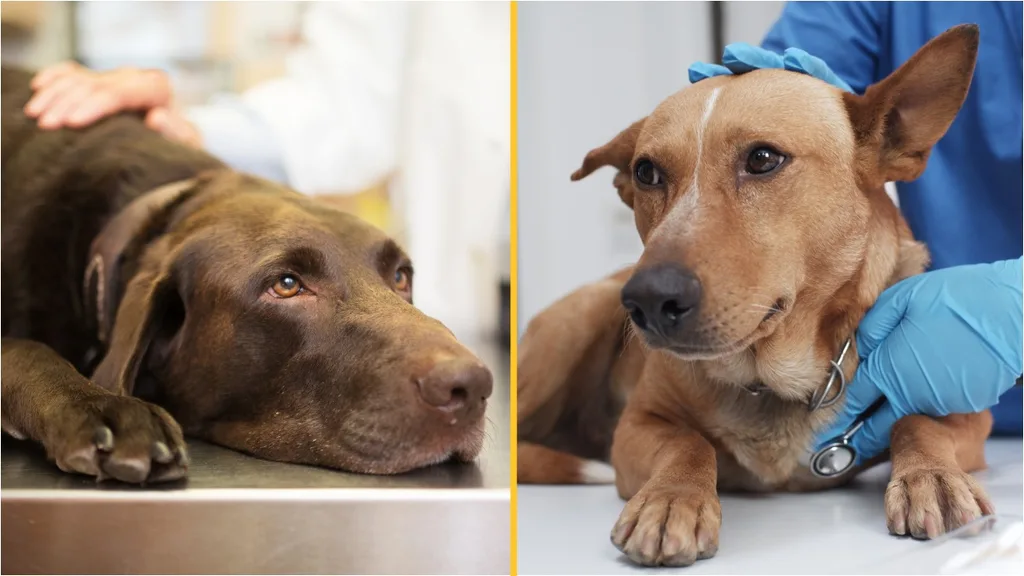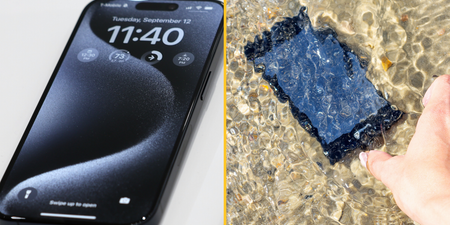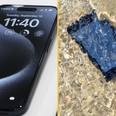Hot weather can be very dangerous for dogs
Dogs Trust has warned pet owners to be wary when exercising their pets in hot weather, with conditions posing a serious risk of heat exhaustion for animals.
The UK is experiencing a heat wave this week as temperatures across the country reach the high 20Cs, whilst some areas could see highs of 30C.
Whilst these conditions can pose a risk to us humans, they can also be dangerous for our pets.
In particular, dogs are at risk of suffering from heat stroke and heat exhaustion in these conditions, with some breeds more susceptible than others.
Flat-faced breeds such as pugs and bulldogs are most at risk in hot conditions. For example, English bulldogs are 14 times more likely to suffer heat-related illness compared to Labrador retrievers, according to the Royal Veterinary College.
Sadly, the hospitalisation and fatality rates are often high once dogs start to develop heat-stroke.
Between June and August last year, the Dublin’s Pet Emergency Hospital reported that each dog who came to them with heatstroke required hospitalisation, and the fatality can be as high as 93 per cent, the Irish Mirror reports.

The reason dogs are at such high risk from heat-related issues is because they struggle to regulate their body temperature in warm weather. Dogs Trust explains that this is largely because dogs can’t sweat, so rely on panting as their main way to get rid of heat. This is a less efficient than sweating, especially in humid weather.
The charity has set out some tips and tricks to help dog owners keep their dogs safe and happy in the heat, saying: “Never leave your dog alone in a car, no matter what the weather is like. Even just a few minutes can prove fatal to them. On a 22-degree Celsius day, the temperature inside your car can rise by 11 degrees in just 10 minutes. Opening a window or parking in the shade does very little to offset this.
“Try to exercise your dog in the cooler parts of the day such as early in the morning or late in the evening when the sun isn’t so hot. Make sure not to over-do it either!
“It’s also important to remember the five-second test. Press your hand down on to the tarmac for five-seconds – if it’s too hot for your hand, it’s too hot for your dog’s paws!”
While exercising your dog, they said to remember “to bring plenty of fresh water for your dog to drink when you are exercising them – pop-up transportable bowls are great for when you’re out and about with your pooch.”
There are signs you should watch out for to make sure your dog is okay. These are:
- Heavy or continuous panting, even when they’ve stopped exercise
– It may look like your dog is ‘smiling’ because they pull up the corners of their mouth to pant harder
– Their tongue may be hanging out more
– Their eyes might look ‘squinty’ - Difficulty breathing or changes to their breathing
- Bright pink/ red gums and lips
- Seeming lethargic, drowsy, stiff or unwilling to move
- Shade seeking
- Seeming wobbly or uncoordinated
- Excessive drooling
- Vomiting and diarrhoea
- Collapse
- Seizures
If you think a dog is suffering from heat stroke, you should immediately try to cool them down before taking them to a vet.
You can cool down your dog by:
- Stopping them from playing, walking or whatever activity they’re doing
- Moving the dog to a shaded and cool area
- Offering them drinking water
- For young, conscious, healthy dogs, immersing them in cold water (for example, in a paddling pool) if possible, keeping their head above water. Use any water available, provided it is cooler than your dog. If immersion is not possible, continuous dousing with cold water is an alternative.
- For older dogs or dogs with health conditions, spraying them with room temperature water, avoiding their face, and combine with air movement from a breeze, fan or air conditioning. Place ice wrapped in a tea towel (to prevent ice burns) in their groin and armpits. Always closely monitor cooling and stop if you notice signs of shivering
For more information about keeping your dog safe in the hot weather, click here.

